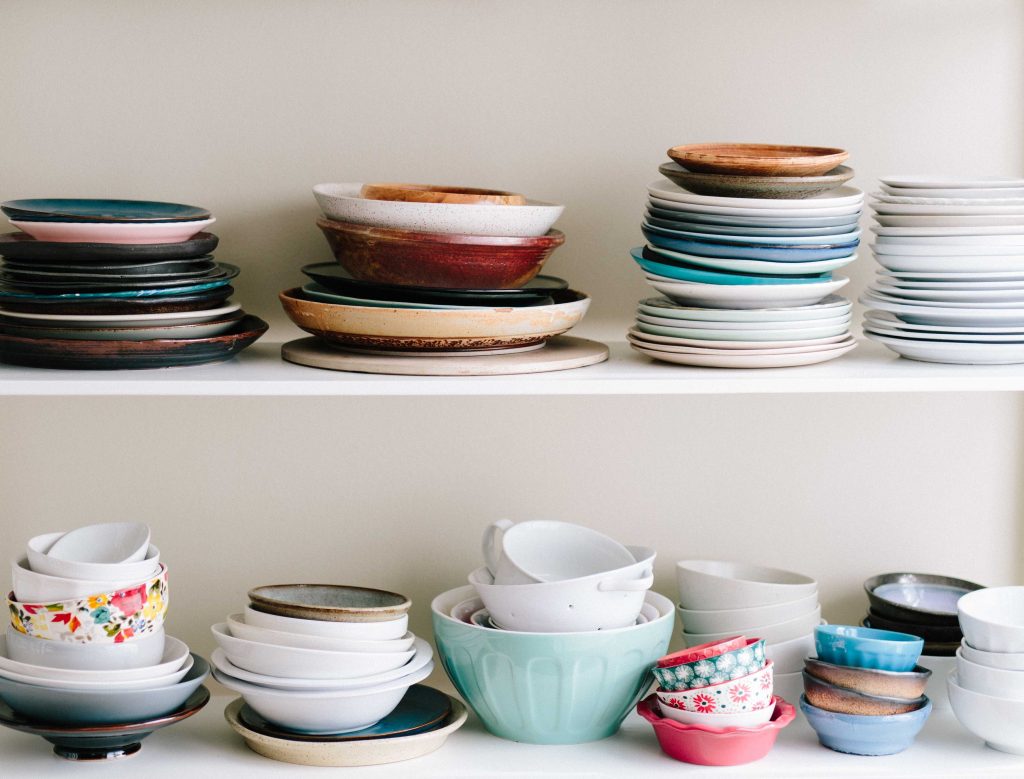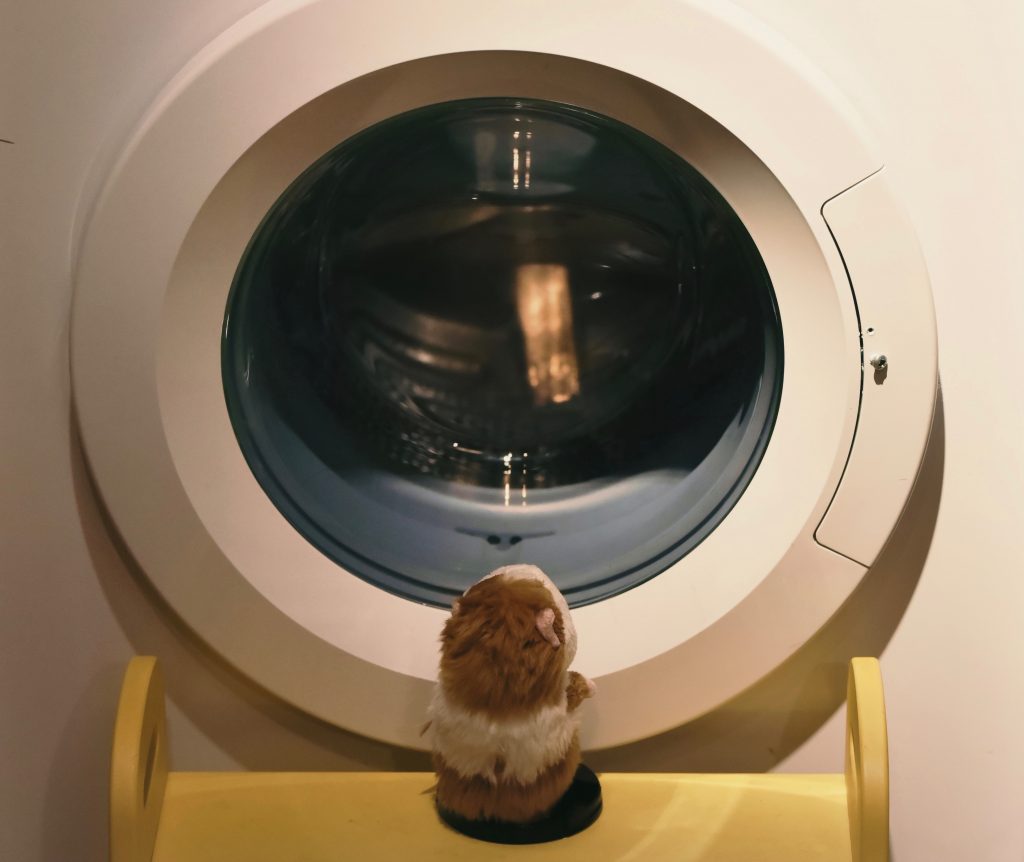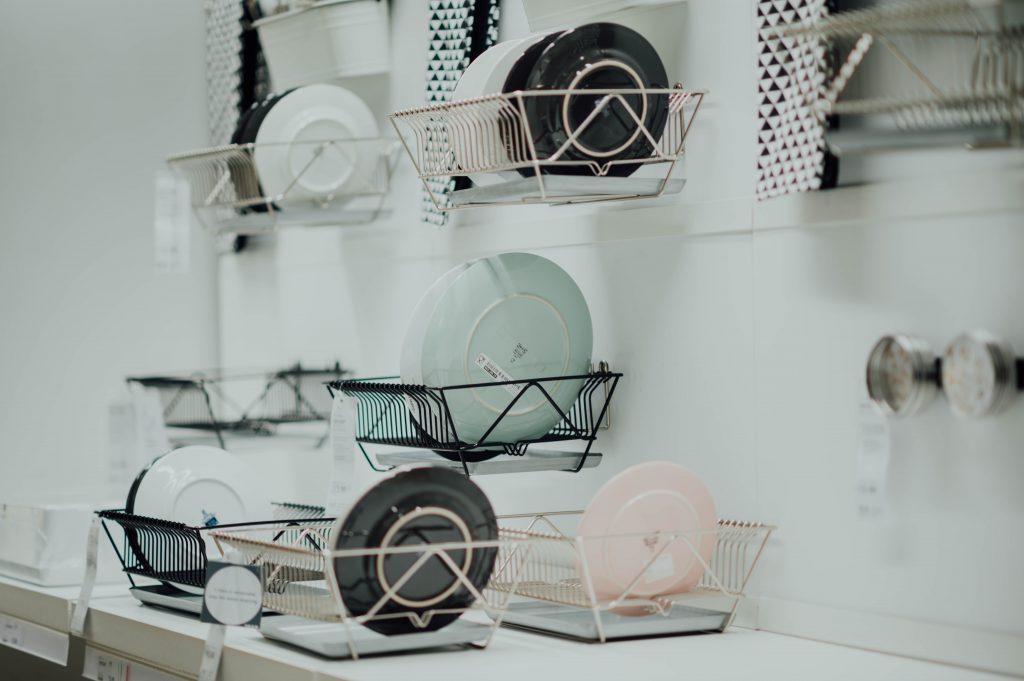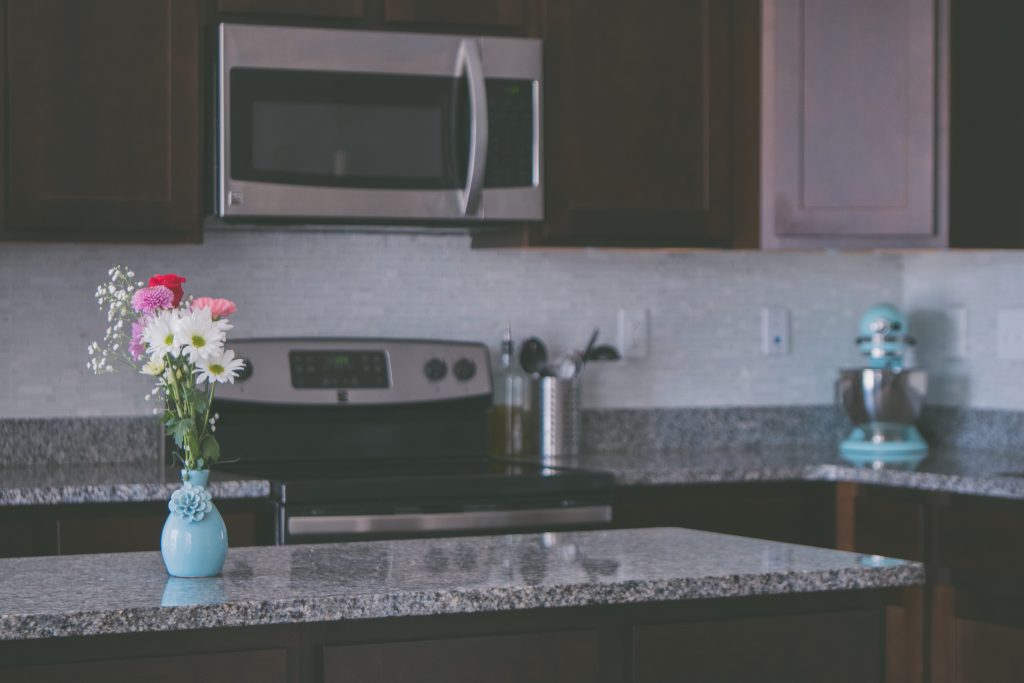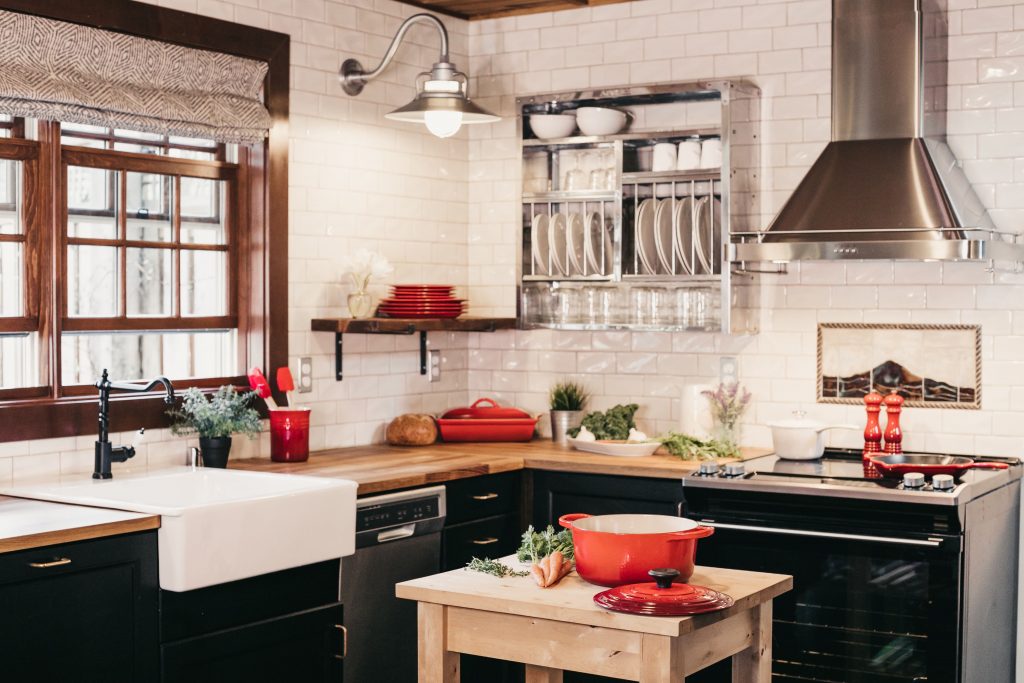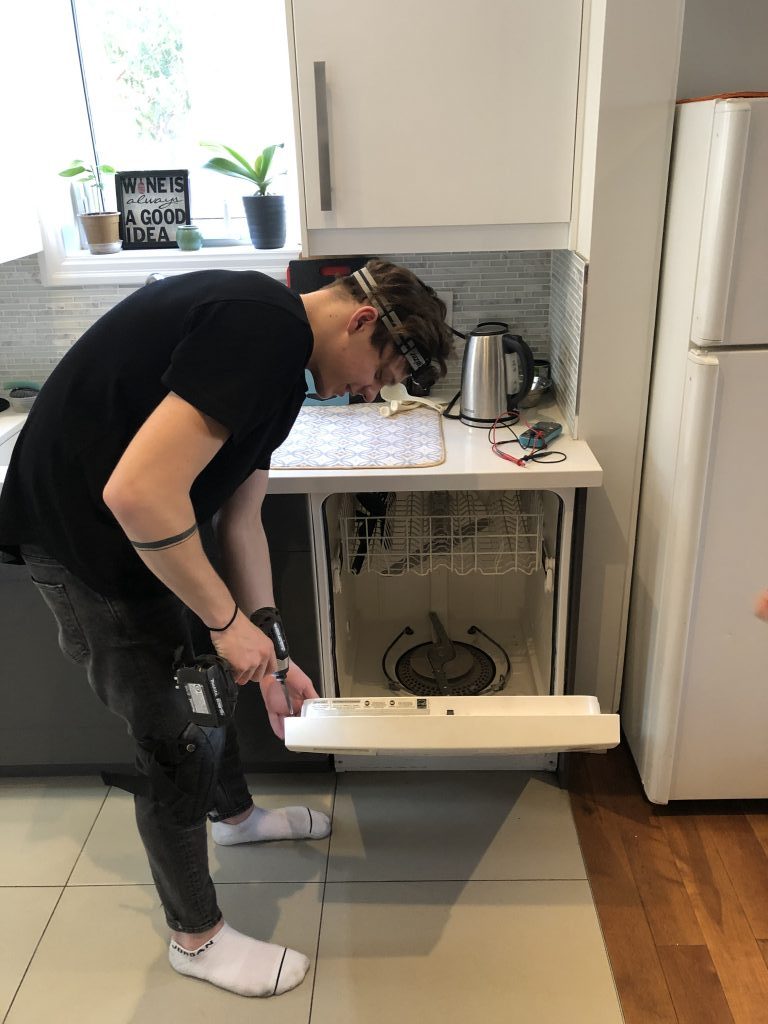Are you waiting for the perfect time to clean your kitchen appliances?! Not only do we have the best advice when you should clean them, but also some good tips on how to clean your appliances quickly and effectively.
When was the last time you cleaned your kitchen appliances? As winter is approaching, you’ll probably spend more of your weekends inside than during the summer months. So, this makes it the perfect time to give your kitchen a good scrub. If you clean your appliances regularly, you can also expand their lifespan. And: It makes it more fun to use them and prevents them from needing repair.
Anyway, if you need to get a broken appliance repaired or need help with the installation of a new appliance, you can contact us online or give us a call: 1 (289) 801-7857 or +1 (888) 513-0052. Our technicians are available from 8 am to 10 pm in the Greater Toronto Area and we offer $30 off for first-time customers.
How to Remove Grease from Your Appliances
What do you need? One lemon, kitchen towel
How to do it: To remove grease stains from your appliances, you can simply use a lemon. Cut it in half and heat it in the microwave for 30 seconds. Then you can start rubbing it on all kitchen appliances that have grease on them. Repeat this with the other half of the lemon if necessary. Finally, wipe the lemon away with a kitchen towel – you’ll see how easily you can clean the grease stains.
How to Clean a Burnt Stove
What do you need? Salt / White vinegar, baking soda, newspaper
How to do it: If you’ve spilled some food on your stove while cooking, it works best to sprinkle salt on it before it cools down as that will make it easy to peel it off. In case you want to clean other stains on the cooktop, you should cover them with white vinegar and sprinkle some baking soda on it. Give it some time to set before you start scrubbing it away with a newspaper. Furthermore, you can use a dry towel to clean the stove from the vinegar and baking soda.
How to Remove Bad Smells from Your Fridge
What do you need? Baking soda, vinegar, vanilla
How to do it: Everyone knows that feeling: You’re opening the fridge and it just smells horrible. Honestly, that can ruin your appetite. So, if you want to get rid of these smells, you should make sure to throw all the old food away. Then, scrub the surfaces with baking soda and warm water. After cleaning it, mix some baking soda with a tablespoon of vanilla and put it in the fridge. From now on, your fridge will smell fresh and clean!
How to Clean Stainless Steel Appliances
What do you need? Vinegar, microfiber cloth, oil, paper towel
How to do it: Are there some fingerprints on your stainless steel appliances? Well, don’t worry. Nothing is easier than to wipe them away and make them look shiny and new. Firstly, spray vinegar on the appliances. Wipe it down in the direction of the grain by using paper towels. Finally, dip a microfiber cloth in a bit of oil and use that cloth to polish the appliance.
If you want to know how you can clean your dishwasher, you’ll find some good tips in this previous blog post. You can find more tips on our Facebook page and our Instagram account. Follow us so you’ll never miss a new tip!


